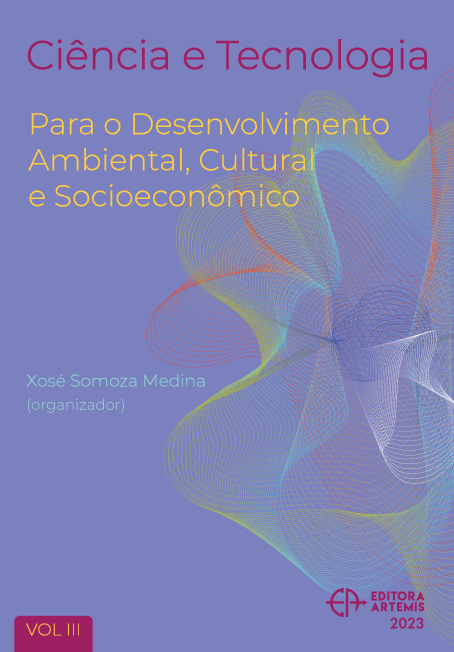
DETECCIÓN DE NIVELES DE SEVERIDAD DE INCENDIOS FORESTALES A TRAVÉS DE IMÁGENES DE SATÉLITE
Los efectos de los incendios forestales en los ecosistemas son variables dependiendo de la severidad del fuego, lo cual repercute en la respuesta de la vegetación. Evaluar cada una de las áreas afectadas directamente en campo, implica trabajo extenso que está limitado por recursos económicos y de personal, así como por la inaccesibilidad a todas las áreas forestales. Por esto es necesario implementar estrategias alternas, como el uso de sensores remotos. En este trabajo se evaluó, mediante análisis de imágenes satelitales y la aplicación de índices espéctales, los efectos de incendios forestales en los ecosistemas, haciendo un análisis de la clasificación de la severidad de incendios de bosque de pino- encino. Utilizando imágenes satelitales Landsat 8 (OLI) previas y posteriores a la ocurrencia del incendio, en tres regiones forestales del estado de Jalisco, México. A las cuales se les aplicó el índice de quemado normalizado (NBR) y el índice de quemado normalizado diferenciado (dNBR), con lo que se desarrolló cartografía temática que muestra los grados de severidad del incendio y su superficie. Para su validación, estos mapas fueron comparados con evaluaciones de severidad en campo. Como resultado se creó cartografía temática para cada una de las áreas estudiadas. mostrando una precisión global del 77.78% con un índice kappa que muestra una concordancia entre la severidad en la clasificación y la realidad del 66.67 % para incendios de grandes extensiones, en contraparte de áreas con quemas más pequeñas en donde no se obtuvo buenas representación de la severidad en los mapas.
DETECCIÓN DE NIVELES DE SEVERIDAD DE INCENDIOS FORESTALES A TRAVÉS DE IMÁGENES DE SATÉLITE
-
DOI: 10.37572/EdArt_3107239108
-
Palavras-chave: dNBR, grados de severidad, imágenes satelitales, reflectancia, sensores remotos.
-
Keywords: dNBR Degrees of severity, satellite images, reflectance, remote sensors.
-
Abstract:
The effects of forest fires on ecosystems are variable depending on the severity of the fire, which affects the response of the vegetation. Evaluating each of the affected areas directly in the field implies extensive work that is limited by financial and personnel resources, as well as by the inaccessibility of all forest areas. For this reason, it is necessary to implement alternative strategies, such as the use of remote sensors. For this reason, in this work, the effects of forest fires on ecosystems were evaluated through analysis of satellite images and the application of spectral indices, making an analysis of the severity classification of pine-oak forest fires. Using Landsat 8 satellite images (OLI) before and after the occurrence of the fire, in three forest regions of the state of Jalisco, Mexico. To which the normalized burn index (NBR) and the differentiated normalized burn index (dNBR) were applied. Thematic cartography was developed that shows the degrees of severity of the fire and its surface. For their validation, these maps were compared with severity assessments in the field. As a result, thematic cartography was created for each of the studied areas. showing a global precision of 77.78% with a kappa index that shows a concordance between the severity in the classification and the reality of 66.67% for large-scale fires, in contrast to areas with smaller burns where good representation of the severity was not obtained. severity on the maps.
-
Número de páginas: 15
- Ana Graciela Flores-Rodríguez
- José German Flores-Garnica

